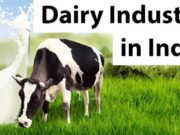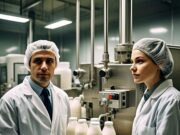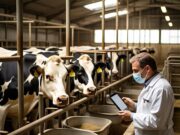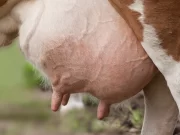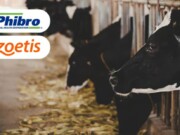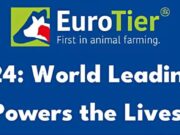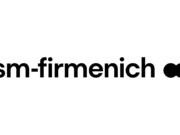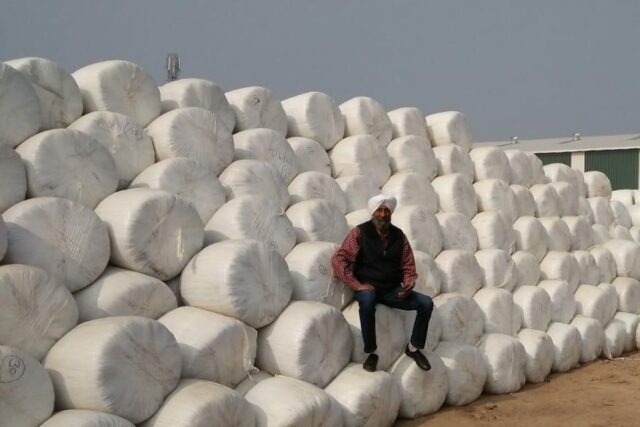
India feeds & serves the largest cattle population in the world, the majority are underfed, malnourished, & non-performing while others are fed with nutritionally imbalanced & unprocessed feeds.
At the same time, during few days or weeks of the year, there is the problem of overfeeding (in some areas) as an excess of fodders, straws in the fields & underfeeding (in most areas) when there is no harvest, or drought, floods, rains, etc, thus affecting the performance of the animals.
The absence of fodder value-addition industry & commercial processing of fodders add woes to the growth of dairying in India but can revolutionize it through
1)Green Fodders as
a)Silages
b)Hays
2)Treated Straws
a)Wheat Straw / Turri
b)Paddy Straw / Paraali
c)Pulses Straws, Maize Stalks, etc
3)TMR’s (Total Mixed Rations)
For better supply of stuffed nutrients as proteins, minerals, energy, vitamins, etc. Lack of coordination among industry-farmers-institutes, for better outputs, starting from Seed-sowing to post-harvesting, processing, value-addition, matching-machinery, R&D services, Marketing aids, etc. Expenses on feed contribute 70% of the total economics of dairy farming, to tilt the balance as babu rail mein- babu jail mein.
To Achieve Profitability & Overcome Challenges of
´ Handling
´ Transportation
´ Storage
´ Enrichment & Value-Addition
´ To serve the animals with more even & economical feeding recipes, round the year without being affected by excess – deficient regimens due to drought, floods, crop failure, insect manifestation, etc.
´ To make available enriched fodders, straws at all the time at farmers’ doorstep without affected by market fluctuations
´ Recent price fluctuations in feed ingredients ( soybean, binolla, mustard, maize, etc) have forced. The common dairy farmer to look for more viable, nutritious, economical feed alternates/ingredients.& silage, hays, TMR’s, enriched straws has emerged as the only & best choice before him.
What is Silage?
´ Silage is the value-added, fermented, preserved form of the fodder, in ready-to-use form, & can be served to the animal round the year.
´ Mostly fodders with grains from Gramineae family are preferred for quality silage ( like maize, oats, wheat, barley, etc) though other crops are also used to produce silage.

´ Moisture: Dry Matter ratio plays important role in the production of good quality silage, preferred levels are 66 – 72 % (moisture) & 28 – 34 % (dry matter)
´ Other indicators like milking stage, 2-3 leaf drying, grain-setting, etc are also taken into consideration while harvesting the fodder (for silage production)
´ Chopping size of 3.0-8.0 mm is preferred for maize, 5.0-10.0 mm is preferred for oats, wheat, with a grain-cracker mechanism in harvester machines. Harder & bold-sized chopped grains go indigested into the animal system & drain out as such through feces, thus causing loss to the farmers without being converted into additional milk or SNF.
´ Immediately after the chopping, the fodder should be ensiled immediately (into bales, bunkers, poly-tubes, poly-bags, etc) & should make air-tight to check for damage by aerobic bacteria
´ Once the fodder gets properly ensiled, it generates a lot of heat & the anaerobic bacteria starts producing lactic acid, thus causing lowering of the pH to produce acidic conditions. Once the fodder gets ensiled and the anaerobic bacteria start producing lactic acid thus causing lowering of PH to produce acidic conditions.
´ Various biochemical processes going on during the storage, harmful aerobic bacteria become inactive, and the fermentation goes on for 23-25 days ( inside baled silage) & for 35-40 days (inside pit or bunker silage), all related to the level of anaerobic conditions created by hi-compression & contact of oxygen with the fodder.
´ Inoculants are used to promote the fermentation, encourage anaerobic bacteria (mainly lactobacillus, streptococcus, etc), control the quality damage, (by moulds, fungi, toxins, etc), provide palatability & sometimes flavor to the silage.
´ Silage should be tested to achieve quality parameters.
´ A good quality silage is of yellow-green color, serves well with rich nutrition, in fermented form, with vinegar smell, so should be checked for high moisture, toxins, fungus, moulds, foul smell, manifestation, etc.
| Silage (maize) | Value |
| PH | 3.8 – 4.2 |
| Protein % | 7.8 – 9.2 |
| ADF % | 25 – 45 |
| NDF % | 35 – 55 |
| Starch DMC % | 28 – 34 |
What is Hay?
Hay is a dehydrated form of fodder where excess moisture is removed through sun-drying or dryer-drying.
´ Hay is the rich form of fodder, with more dry matter serving the animals more nutrition( proteins, energy, minerals, vitamins, etc ) per Kg of fodder.
´ With the removal of excess moisture from the fodder it is easy to store and the shelf life is increased without affecting the quality and nutrition loss.
´ Easy to handle and serve.
´ Easy to transport.
´ Proteins unit from hay is much cheaper than from cakes, grains, etc.
´ Usance of fodder & hay at dairy farms will affect their balance sheet and turn into a profitable venture with better results on calf growth, milk, fat, etc.
For the production of good quality silage, selection of crop & stage of harvesting plays an important role.
´ Harvesting of fodder moisture (of the whole plant) should be 60%-70%
´ Lower 2-3 leaves should be brown, upper 3/4th will be green.
´ Upper covering should be starting to turn dry & with a dull- yellowish-green color.
´ If pressed grain with the thumb, milk from grain should ooze out. (dough stage)
´ 20-30% of grain should be whitish milky remaining be yellow or orange.
Start feeding silage at 20-25% of fodder + Straw quantity & go on increasing up to 70-80% in next 4-5 days. Once animals accept & start relishing, you may feed 90-100% replacing fresh green fodder or straws.
Fodder for Climate change
Are we ready for the worst of climate change or have we yet to start chai-pakora meetings for extremes of summer, winter, rains, drought, snow, etc. Climate change has already started affecting animal performance through milk yield, fat, pregnancy, conception, fetus abnormalities, immunity, etc. including fodder production.
Moreover, the use of more processed fodder in animals’ daily rations will spare more costly ingredients such as maize, wheat, barley, etc. for humankind to relieve pressure on commonly consumed items. Government should come forward to offer incentives, funding, etc to encourage more fodder processing units, it will also go to help in crop diversification programs.
With our company’s hard & consistent efforts over the last 30 years, we have seen quick emergence of fodder processing units in many states of India & many start-ups are now putting up baled silage, hay-pelleting & treated straw units that is not only a positive sign for animal nutrition but also will come up as a game-changer in dairy farming to counter soaring prices of other protein sources like soybean, binolla cake, mustard cake & GNC/ GNE.
By: Dr. Harinder Singh
Excellent Enterprises Pvt Ltd-141401
Email: singh001h@gmail.com WhatsApp: +91-9914338223
